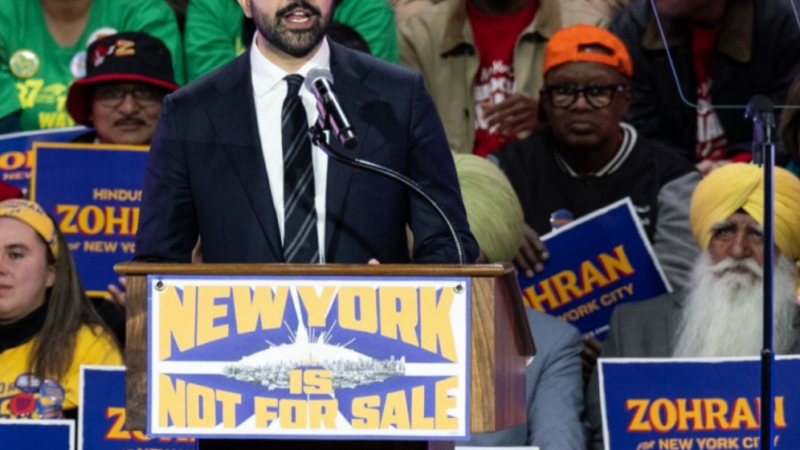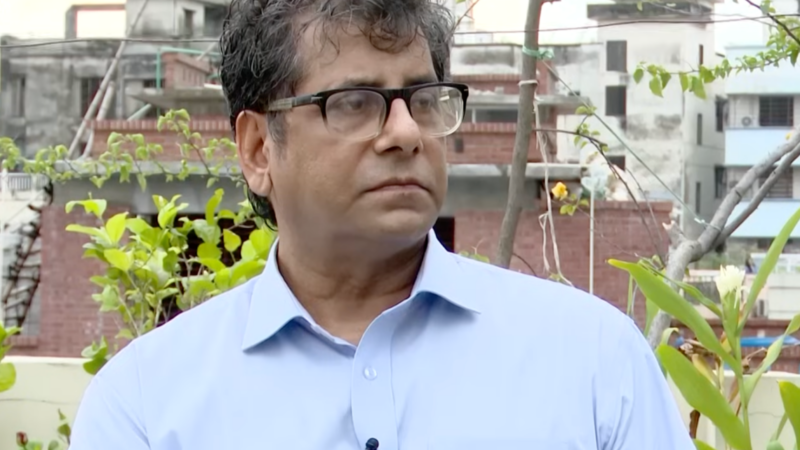Fed policymakers push back on QE taper talk

(Reuters) – Despite optimism over vaccines and the likelihood of more fiscal stimulus under the incoming Biden administration, the Federal Reserve is sticking with its super-easy monetary policy, policymakers made clear on Wednesday.
FILE PHOTO: Federal Reserve Board Governor Lael Brainard speaks at the John F. Kennedy School of Government at Harvard University in Cambridge, Massachusetts, U.S., March 1, 2017. REUTERS/Brian Snyder/File Photo
“The economy is far away from our goals in terms of both employment and inflation,” Fed Governor Lael Brainard told the Canadian Association for Business Economics. “Given my baseline outlook, I expect that the current pace of purchases will remain appropriate for quite some time.”
The Fed is adding Treasuries and mortgage-backed securities to its balance sheet at a pace of $120 billion a month, and has promised to keep doing so until it sees “substantial further progress” toward its goals of full employment and 2% inflation.
“Even under an optimistic outlook, it will take time to achieve substantial further progress,” Brainard said, adding that the purchases are supporting the recovery and “we stand ready to increase those amounts should we judge that to be warranted.”
St. Louis Fed President James Bullard said that while the labor market has improved dramatically, there was still a long way to go.
“Certain sectors have really been hard hit and for them to come back we are going to have to get this vaccine rolled out,” Bullard said in an interview at the Reuters Next conference. For the economy as a whole, “it’s possible you get a boom… but let’s wait and see if that actually happens.”
The remarks may reset expectations among bond market participants and investors who in recent days have been increasing bets the central bank could pare its bond-buying before the year is out.
They’ve done so partly because the election of two Democratic senators last week from Georgia gives the incoming Biden administration’s party control of both the Senate and the House of Representatives.
Economists at JP Morgan say that sets the stage for a new $900 billion stimulus package in the next few months, on top of the $892 billion package passed last month. The extra cash for households, businesses and others boosts the odds that the economy will meet the Fed’s “substantial further progress” bar, allowing the taper to begin “by year’s end,” they wrote last week.
Expectations for the taper also gained steam after Atlanta Fed President Raphael Bostic and Dallas Fed President Robert Kaplan said in recent days they expect an economic surge later this year that may allow the Fed to begin to reduce purchases.
NOW IS NOT THE TIME
Analysts said it wasn’t yet the right time to set the stage for a pullback in asset purchases.
“I think it is just a mistake” to already start signaling a taper, said Joe Gagnon, senior fellow at the Peterson Institute for International Economics and a former Fed staff economist.
A new pandemic aid package could certainly boost the economic outlook, he said, and “it’s not unreasonable to start thinking internally about this – but I don’t know what the hurry is to talk publicly about it.”
Minutes of last month’s policysetting meeting showed Fed policymakers want to let investors know “well in advance” of any plans to start pulling back bond-buying. That stance, analysts say, is likely motivated by a desire to avoid wrong-footing markets or in any way repeating the “taper tantrum” of 2013, when bond yields surged in response to Fed Chair Ben Bernanke’s unexpected signaling that the Fed could pare bond buys.
The episode ultimately delayed the Fed’s eventual reduction of asset purchases and a rates liftoff.
In recent weeks bond yields have risen modestly, though not enough to concern Fed policymakers. Still, Cornerstone Macro economist Roberto Perli termed the phenomenon a “mini” taper tantrum, calling comments about reducing bond purchases “extremely unhelpful to the credibility of the Fed’s new framework.”
Fed Chair Jerome Powell speaks Thursday and may well “reinforce this message…reiterating the large gap to goals and a steady-as-she-goes approach to policy with no early consideration of a policy transition in response to better fiscal prospects,” wrote Evercore ISI vice chairman Krishna Guha.
Still, if the government delivers a big fiscal package and vaccines continue to be rolled out successfully, Fed policymakers could deliver a “firm taper signal” by the June meeting, Jefferies economist Aneta Markowska said – plenty of time to get markets ready for a taper by the end of the year if needed.






